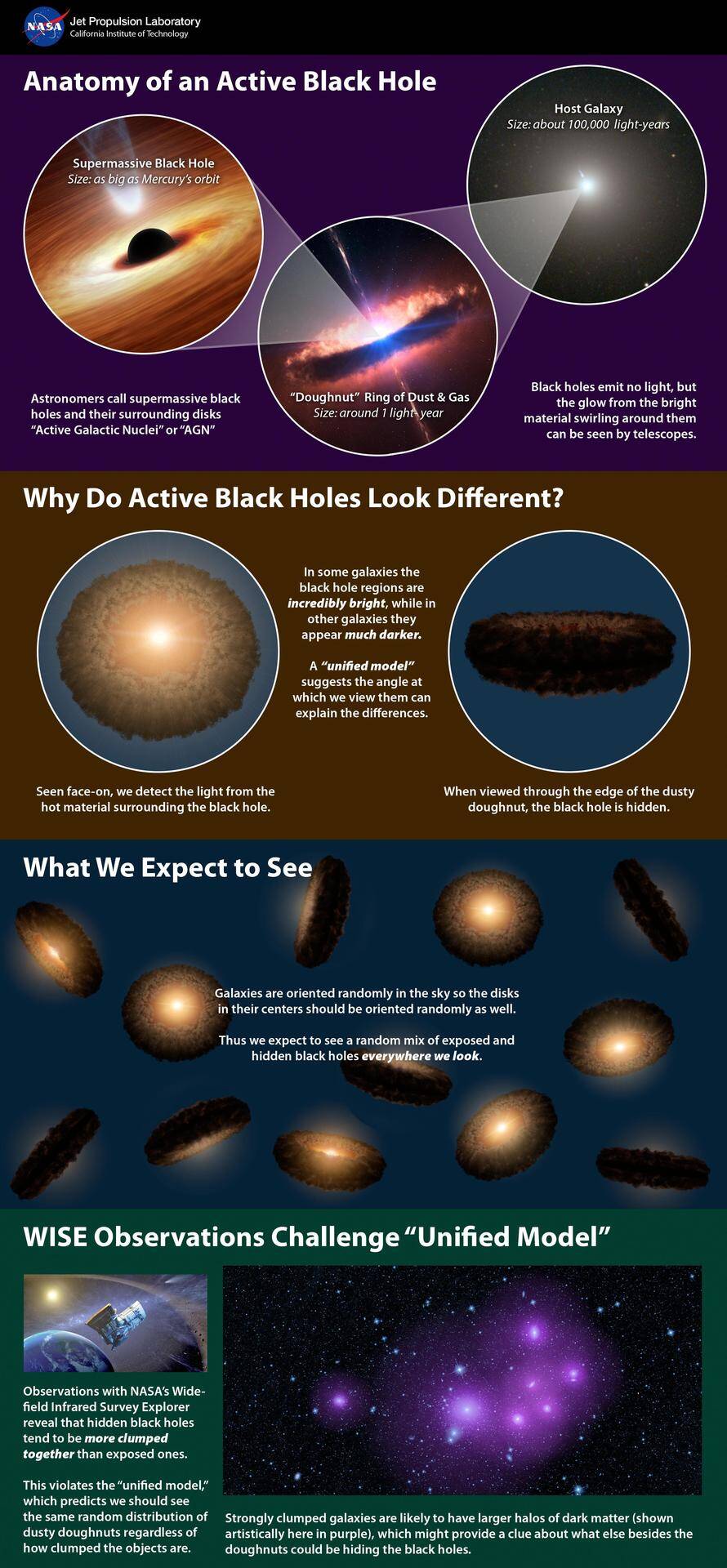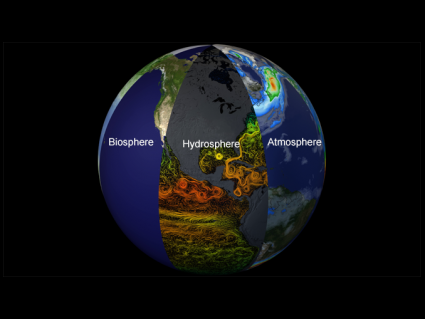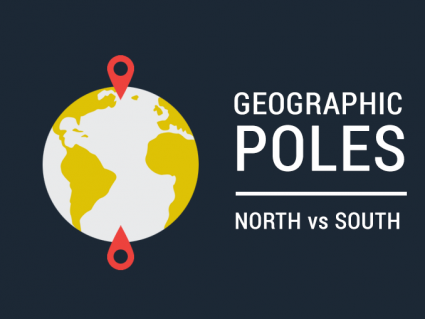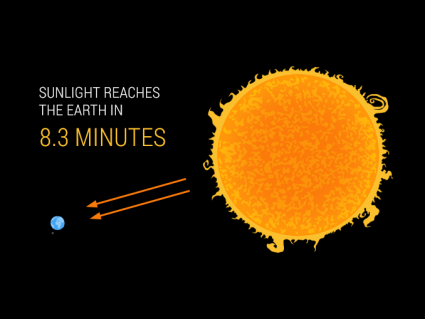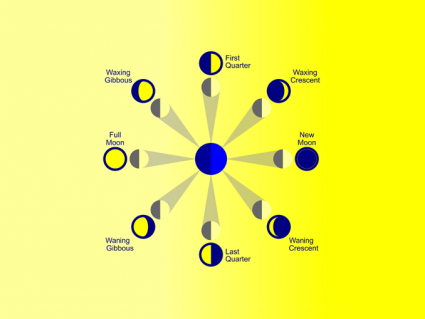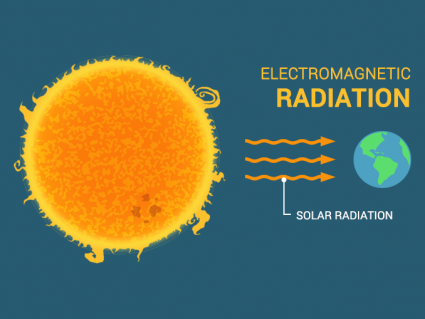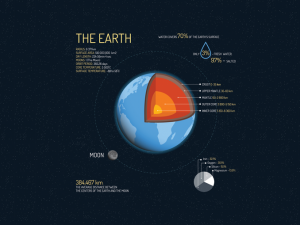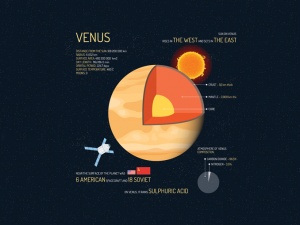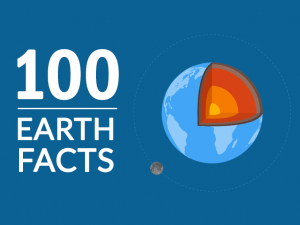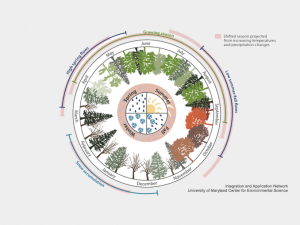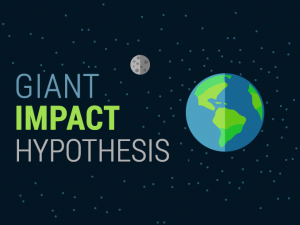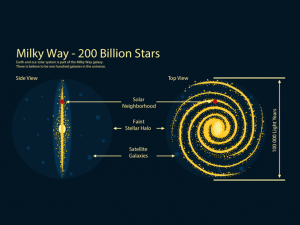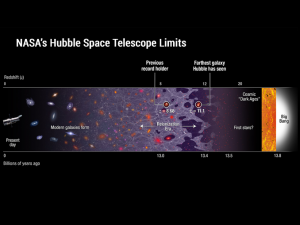Supermassive Black Holes: The Center of Galaxies [Infographic]

What is a Supermassive Black Hole?
Every galaxy has a supermassive black hole at its galactic center. But the weird thing about it is that there doesn’t necessarily have to be one.
Supermassive black holes are collapsed stars a few times the mass of the sun. At the end of their life, they run out of their fuel and explode.
Want to learn more about supermassive black holes? Continue reading to find out more.
What is an event horizon?
A black hole collapses because gravity squashes it to an infinitely dense point. But nothing can stop their collapse because they’re sufficiently massive.
Even using our strongest telescopes, we don’t know what happens in the middle of a black hole. Because of its immense gravity, they can distort and twist space-time which is the fabric that shapes our universe.
But they collapse to such an extent that light and their surrounding can’t escape. If you fall in its event horizon, then you reach a point where you are getting pulled into the center.
EVENT HORIZON: If you fall into an event horizon, you are going to the middle singularity. It’s the ultimate “no escape” that will squash you to an infinitely dense point. So, an event horizon is the point of no return.
Will our sun become a white dwarf?
For 95% of our sun’s life, it burns hydrogen into helium which releases energy. Our sun has a life expectancy of about 10 billion years and it’s currently into 5 billion years of its lifespan.
These types of main sequence stars won’t become a supernova and will collapse into a white dwarf. All lightweight stars like our sun end up as very dense, white dwarf stars.
PAULI EXCLUSION PRINCIPLE: Because of the Pauli Exclusion Principle, there’s a force that electrons don’t like to be close to each other. But as electrons move closer together, they move faster. This makes a force that holds them together which creates a white dwarf star.
Whereas it’s the same principle for neutron stars. But instead, electrons crush into protons and turn into neutrons becoming a neutron star. For example, the crab pulsar in the Crab nebula was due to a star’s supernova explosion, which then collapses to form a neutron star.
Anatomy of an active black hole (Infographic)
